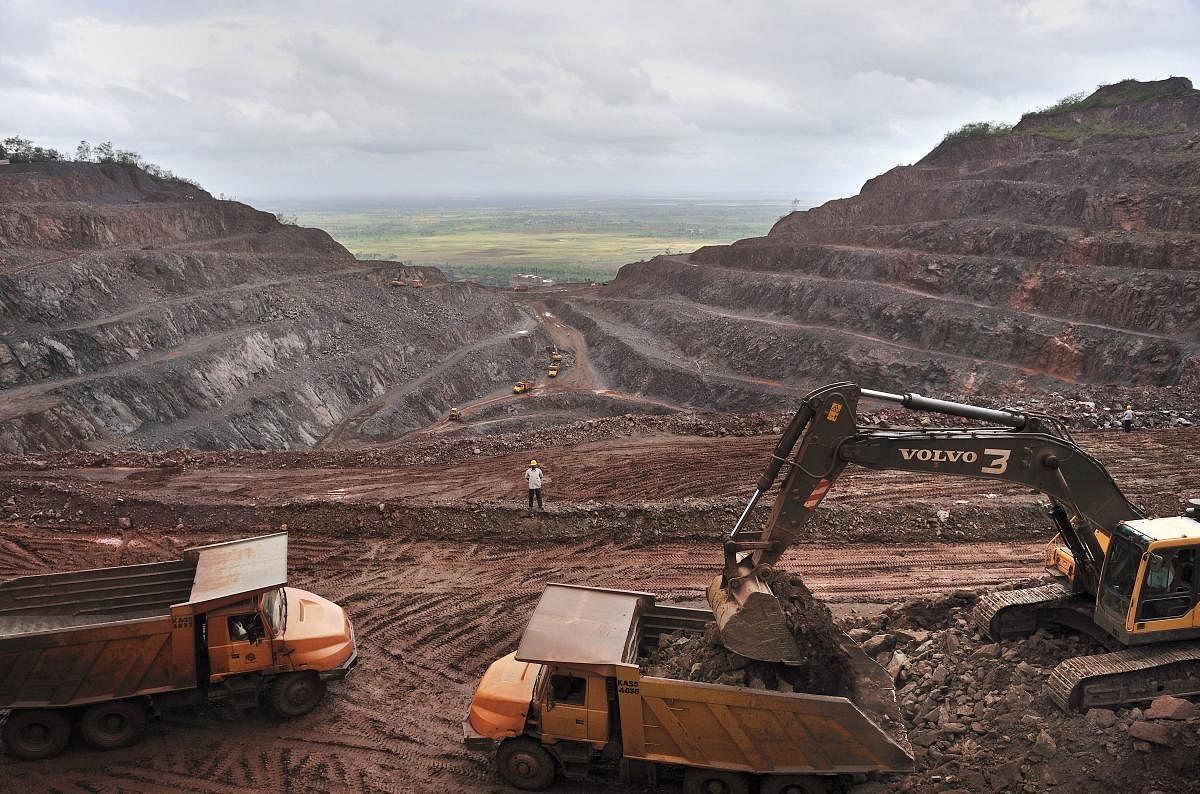Even as mining companies consistently plead before the Supreme Court seeking renewal of export of iron ore, activists say the mining operations in the state had already touched the annual cap fixed by the court.
The Supreme Court last week rejected a plea by Federation of Indian Mineral Industries (FIMI), seeking permission to export iron ore pellets. The court directed the monitoring committee to submit a report on sales effected.
Filing a reply to the interlocutory application (IA) filed by FIMI, Samaja Parivartana Samudaya (SPS), an NGO, stated that the cap on annual extraction of ore need not be altered.
The annual cap on extraction was fixed in 2013, when Supreme Court banned export of iron ore from the state. The court, in 2013, had directed that the grant of fresh mining leases be restricted to end users and pellets be made available for e-auction to the steel industry in Karnataka and the nearby regions.
The cap on annual extraction was fixed at 25 million metric tonnes (MMT) to Ballari district and 5 MMT to Chitradurga and Tumakuru districts. The cap was enhanced in 2017 from 25 MMT to 28 in Ballari and 5 MMT to 7 MMT for Tumakuru and Chitradurga districts.
"The demand for iron ore had been over-estimated in recent times. Many of the steel plants, especially those in the manufacture of sponge iron, were fly-by-night operators who had benefited from the free flow of illegal ore. What we stated that the maximum permissible annual production in A and B category of mines is already touching the annual cap. This is the reason why we objected to the auction of 'C' category leases as it would increase supply of ore without any demand and fuel the demand for permission to export,’’ co-petitioner in the Supreme Court Prof Vishnu Kamat told DH.
The Central Empowered Committee, appointed by the Supreme Court, in its July 2018 report, stated that not many end-user industries had taken part in the auction, which resulted in sale of only a fraction of the quantity of iron ore on offer. The activists say that this was an indicator that the demand for ore is far less than the production and the demand for increase in the cap was for extraneous reasons.
